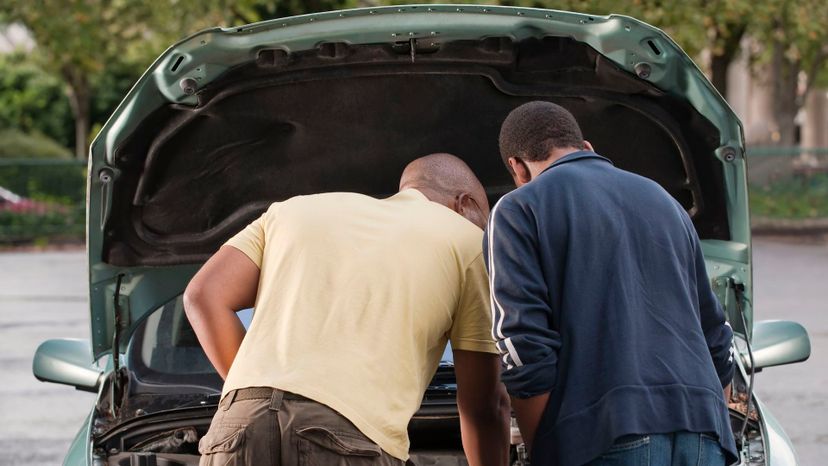
About This Quiz
Do you know your valves from your intakes?
What about your spark plugs from your glow plugs, your gasoline from your bio-fuel, your diesel from your gasoline, your coolant from your brake fluid and your power steering from your driveshaft?
If you have even a clue as to what we are talking about, you might just be one of those fabled "world-famous" car experts, ready to ace our automotive skills quiz.
Were you good in auto shop at school? Well, then you stand every chance of crossing the finish line in first place with the checkered flag waving in the breeze just for you.
Rest assured, however, you won't have it all your own way! In this quiz, we are going to test your knowledge of engines, suspensions, exhaust systems, pistons, valves, cylinders and just about every other type of car component.
So don't idle! Let's get those revs up and see how you fare! A simple image and a few clues are all you have. This quiz is designed to separate the know-it-alls from the know-nothings!
Let's see where you end up! Good luck, take your time, trust your grey matter and you should be fine! Aim for 100 percent. You can do it!
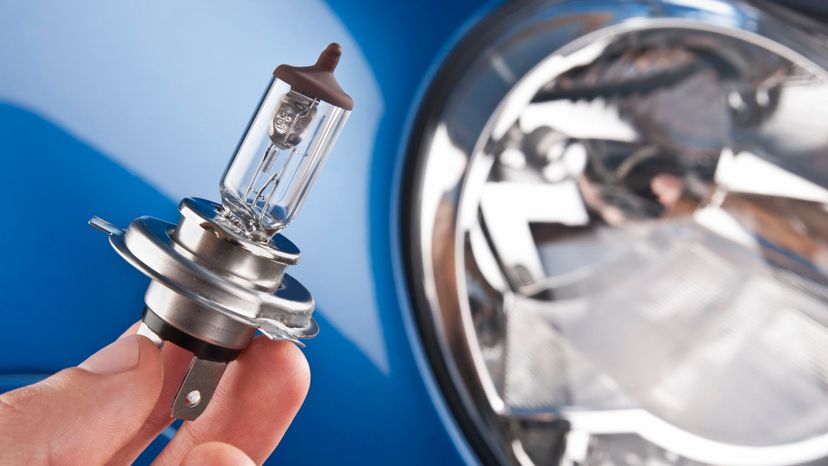
Because touching leaves residue and can cause uneven heating, the oils and moisture found in your fingers will shorten the life of a halogen bulb, so mind the glass and keep your hands to yourself!
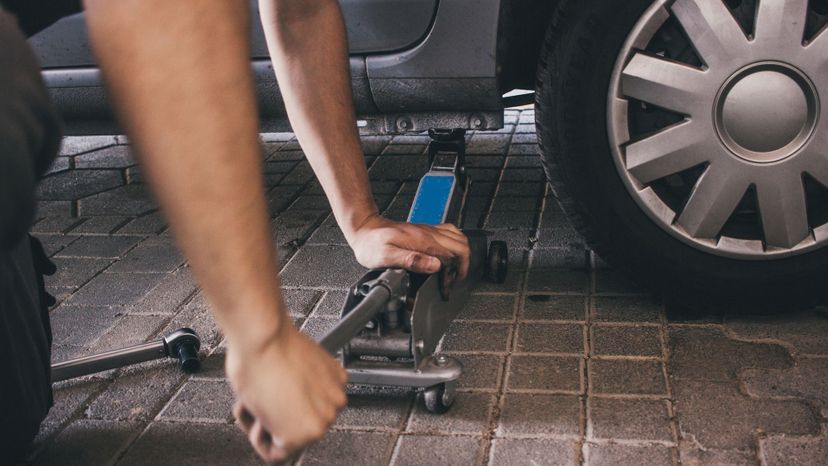
Spark-plug maintenance for most vehicles is fairly straight forward. To replace a plug, simply open the hood and loosen it using a plug spanner.
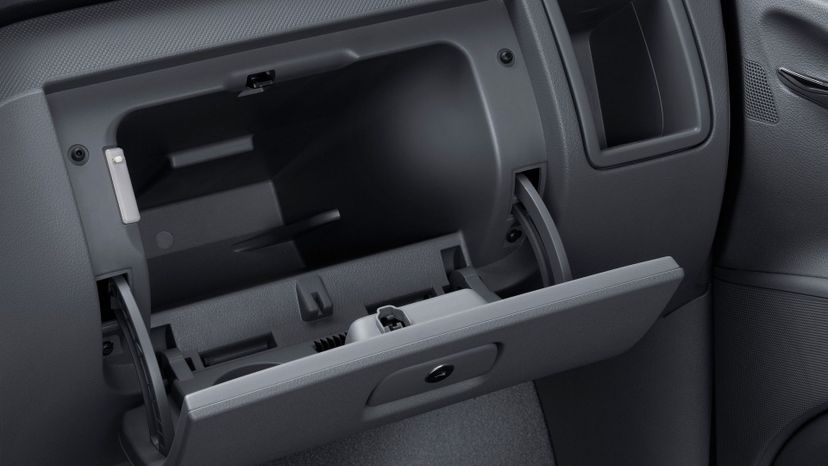
The air entering the cabin through the climate control system is first filtered to help remove any particles and impurities. The air filter responsible for this duty is often found behind the glove box on the passenger's side.
Advertisement
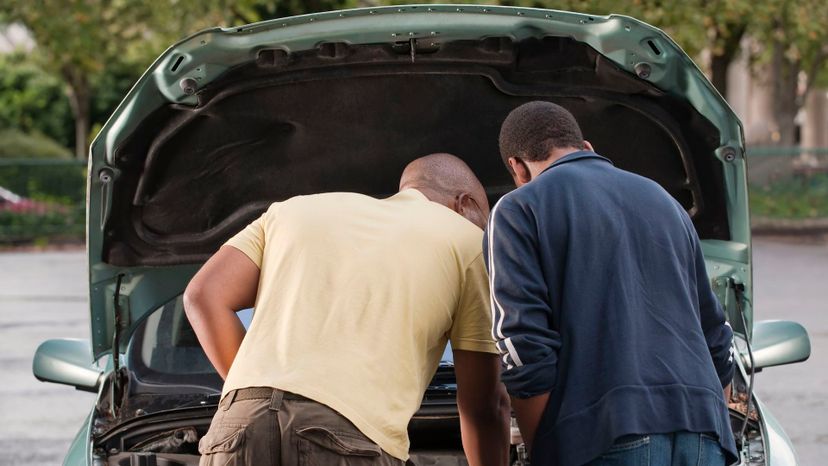
A good mechanic will always ask the driver what he/she has experienced while driving the vehicle and exactly why they have brought it in. While the owner might not be an expert in the automotive field, their answers will often tell the mechanic what he or she needs to know to make a diagnosis.
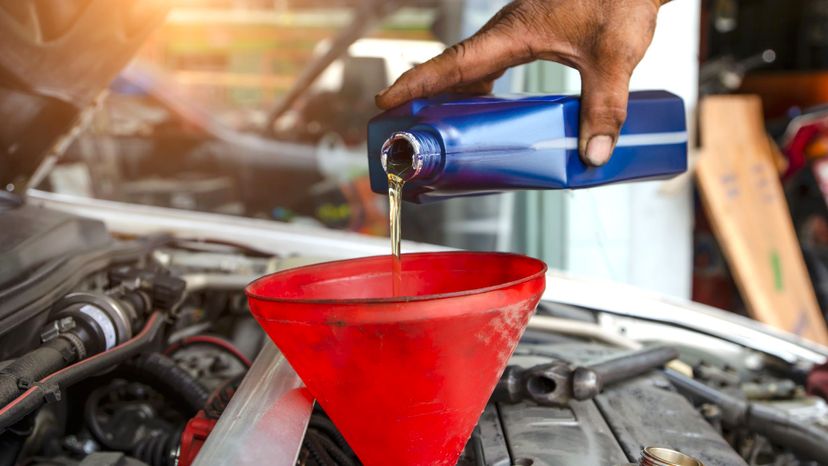
If you don't change the oil filter when you change the oil, you're defeating the purpose of the maintenance. As the dirty oil has been running through the car's oil filter, a brand new one should be installed when an oil change is made.
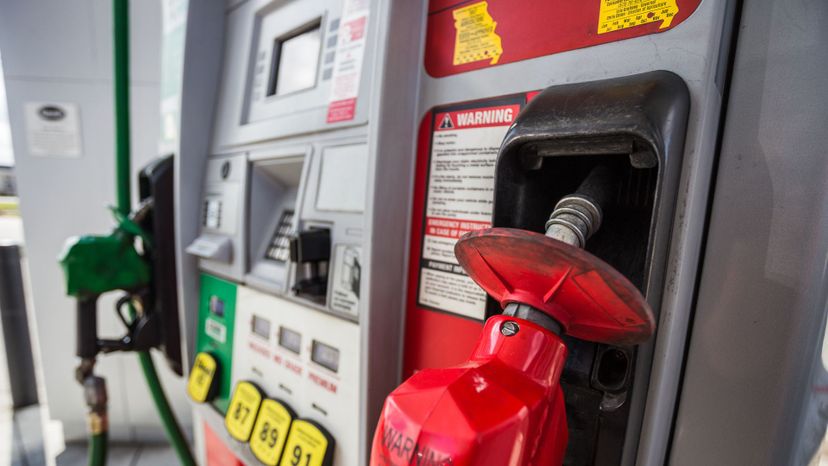
Gasoline passes through the fuel filter in your vehicle before it is mixed with air and combusted in the engine's cylinders. This removes impurities that may damage the engine or prevent it from running at its optimal level.
Advertisement
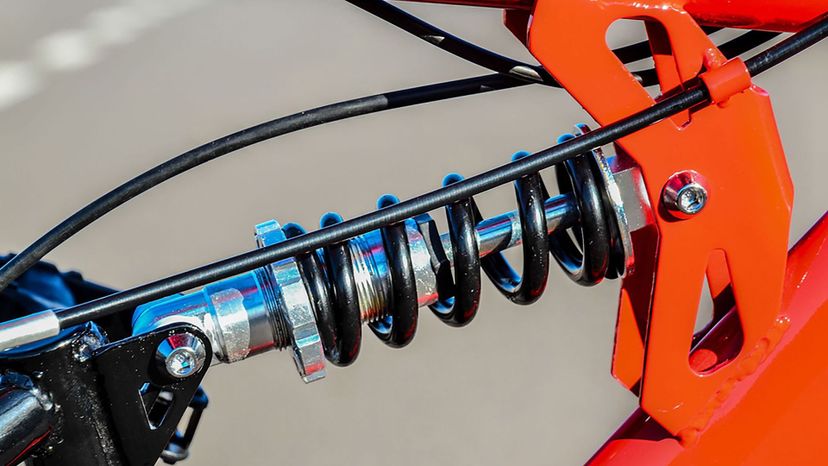
The shock absorber helps to absorb the bumps as your vehicle travels on a road, making the ride more comfortable while also making sure the wheels maintain contact with the surface of the street.
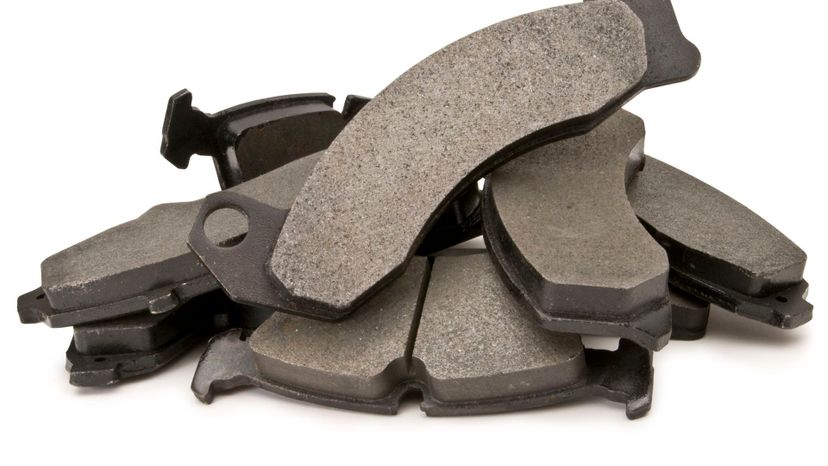
Often the first part of a braking system to be replaced, the brake pads wear down as they are brought into contact with the brake disc. The friction caused by the pad coming into contact with the disc causes the car to slow and come to a stop. Pads are often made up of a mixture of steel, copper, graphite and iron.
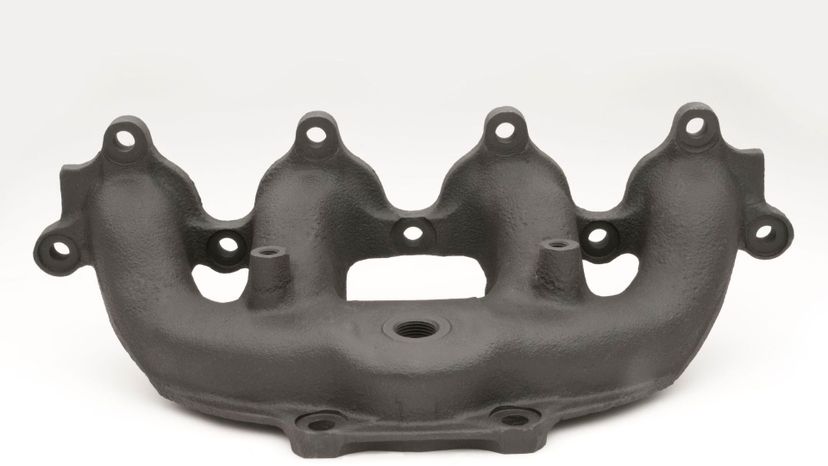
The exhaust manifold is the link between the engine and the exhaust system which ends in the tailpipe. This type of manifold takes away from the engine the exhaust gases that are spent after the combustion process from each cylinder is complete.
Advertisement
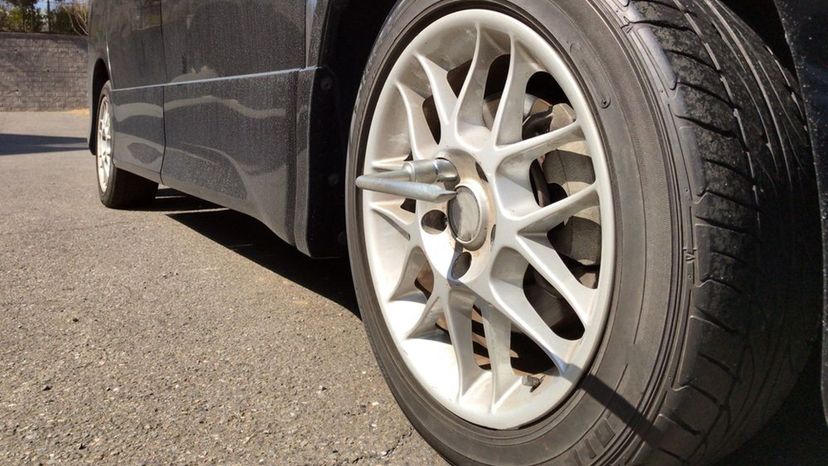
If the vehicle's wheels are out of alignment — a function of the car's suspension system — it will pull to one side and become increasingly difficult to steer. If not corrected, the tires will wear unevenly as well.
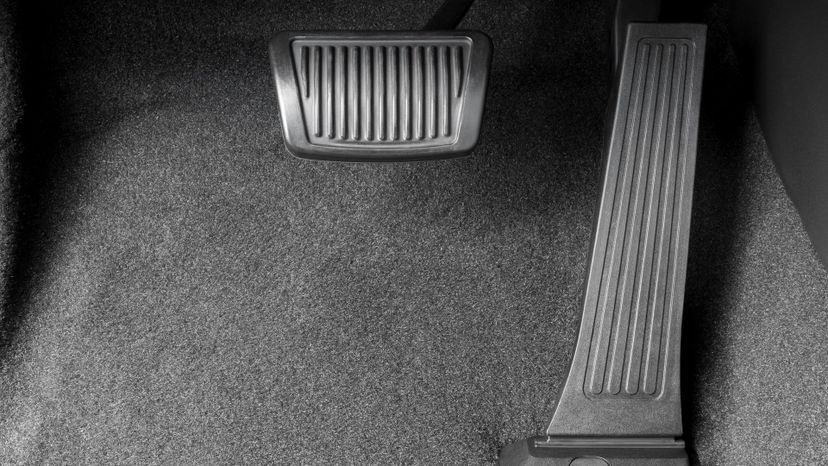
A spongy brake pedal or one that depresses too far usually means only one thing — air in the brake system. Fixing this means you'll need to bleed the line, removing both the air, and the fluid and then replacing the brake fluid.
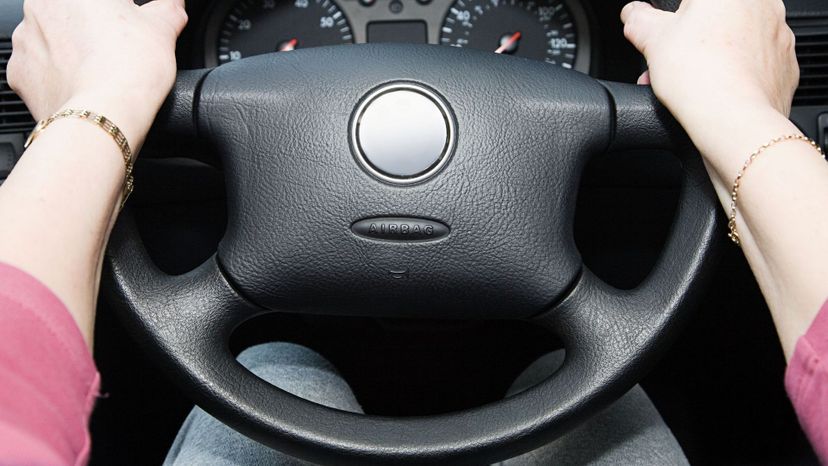
The power steering system is a hydraulic system that requires the correct level of power steering fluid. If this is low, the power steering on your vehicle might work intermittently or stop working altogether. Check it out!
Advertisement

When the brake is applied, the brake pads will push onto the brake disk which, in turn, slows the turning wheels of a car. If you notice excessive noise when braking, vibrations when you push down on the pedal or worsening braking distances, you've probably got a problem with this part.
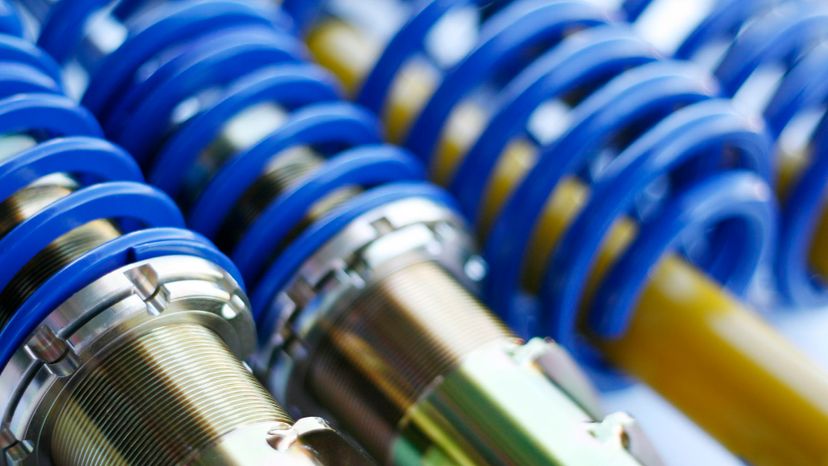
A strut forms part of the suspension. Like a shock absorber, it helps to make the ride smoother. Despite what some people believe, the two are different parts, however, and cannot be used interchangeably.

Without enough tread, tires won't get a safe amount of traction on the roads, especially in snowy or rainy conditions. Most states in the U.S. require a tire tread of no less than 2/32 of an inch; anything less is in violation of the law.
Advertisement
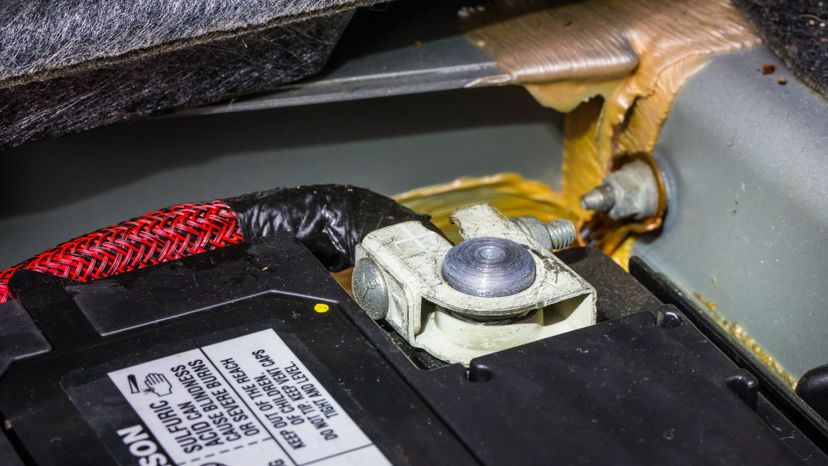
Car maintenance is an ongoing activity. If owners do not look after their vehicles, things like dirty (corroded) or loose battery terminals can wreak havoc and keep them from getting to where you need to be.
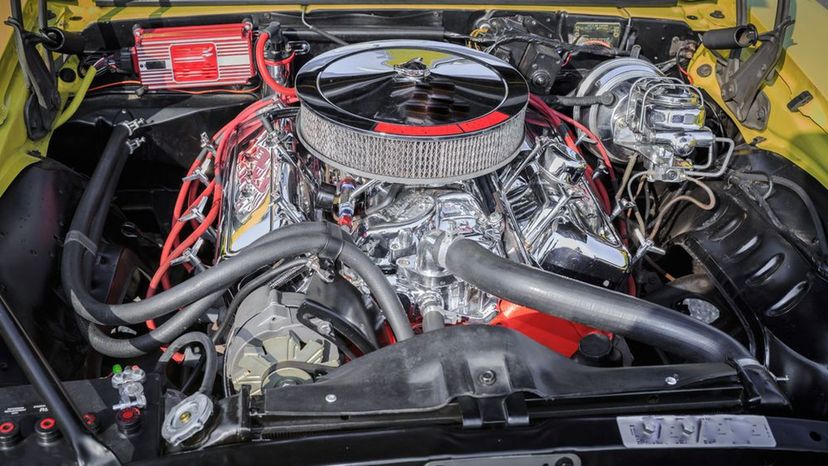
When the lights begin dimming or the power windows are slow to raise or lower, it could be a sign that the alternator is failing and not generating enough power for the electrical systems in your car. If you notice a burning smell, then this is definitely the problem.

A common reason for a misfiring engine is a clogged fuel filter. Other symptoms include losing power when putting the engine under strain (acceleration or going uphill, for instance) and an overall lack of power. Replacing the filter should correct the problem.
Advertisement
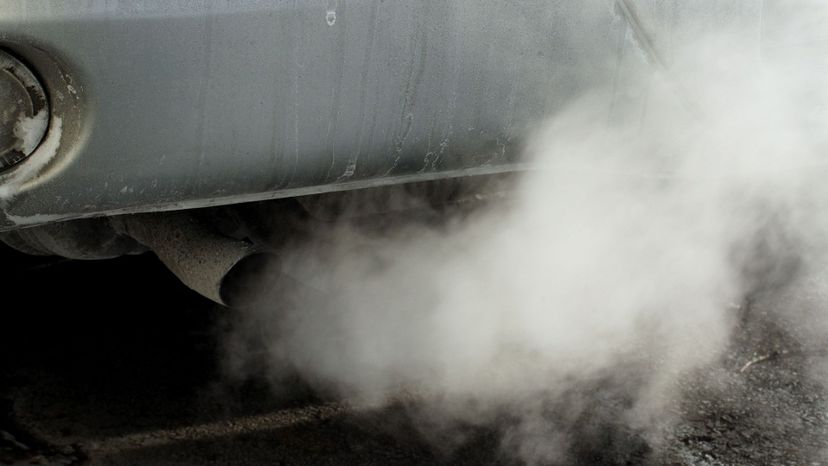
The most likely cause of the problem is a clogged fuel injector, especially since the "check engine" light is not on. Other symptoms can include bad idling, increased fuel consumption, surging when the throttle is opened up and failed emission testing.
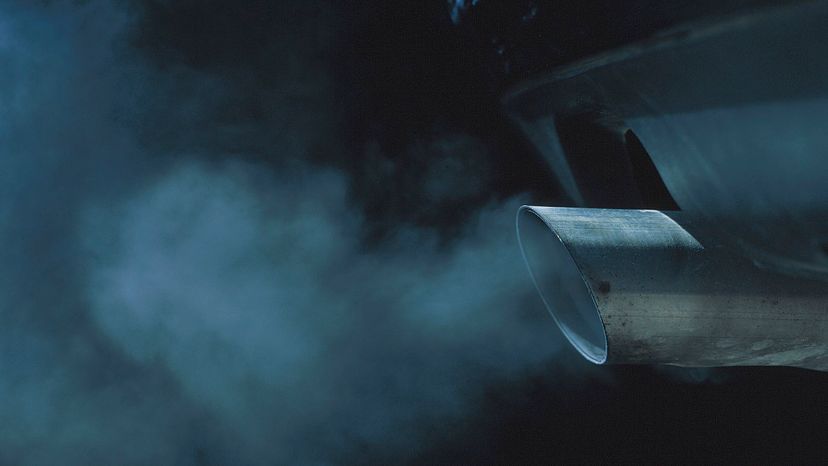
When a car runs too rich, too much fuel is pumped in with air and not all of it is burned during combustion. This causes black smoke to come out of the exhaust. A clogged air filter, bad fuel injector or damaged piston rings could all cause this condition.
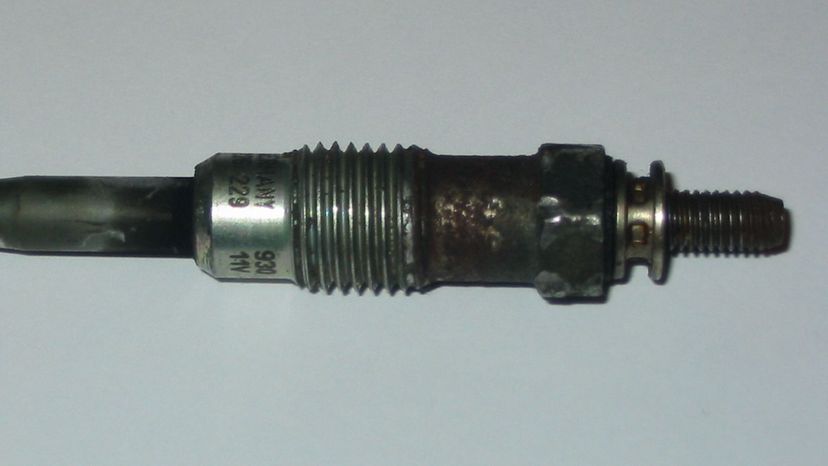
While a diesel engine doesn't need spark plugs (diesel can combust through compression alone), running can be rough in cold weather. To combat this, glowplugs are used in the startup process of a diesel-powered car. They get hot, heating the engine to help it start easier.
Advertisement
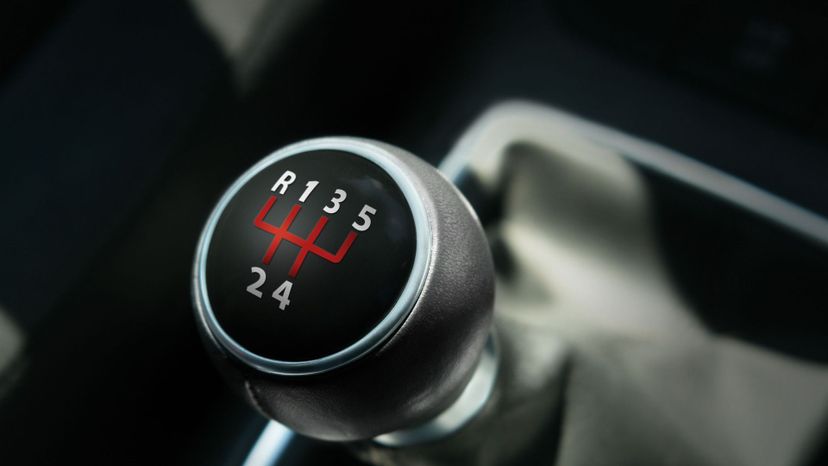
Sometimes, a car might simply run low on transmission fluid and that can cause all kinds of gearbox problems, such as problems in shifting gears, transmission slippage or noise, or transmission overheating.
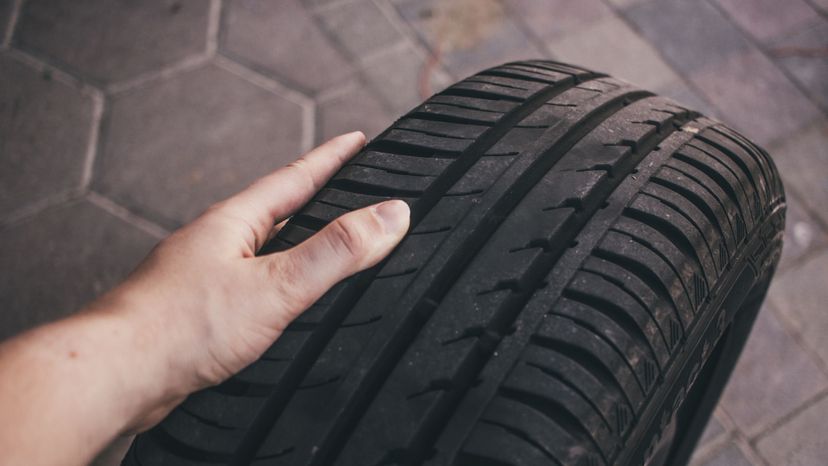
Tires should be rotated very 6,000 to 8,000 miles. This helps to get the maximum effect out of them by evening out their wear pattern, allowing them to last longer.
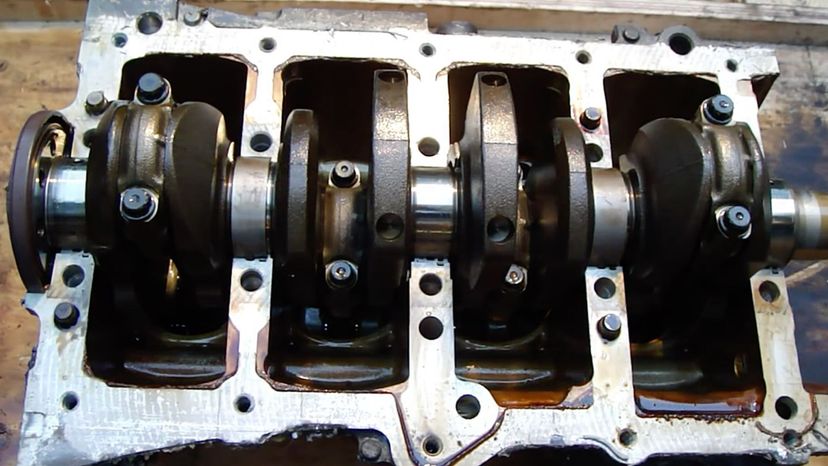
A crankshaft is essential in starting the rotational motion that will drive the driveshaft, axle and then the wheels. Attached to the engine's pistons by connecting rods, the camshaft is rotated by the piston's movements.
Advertisement
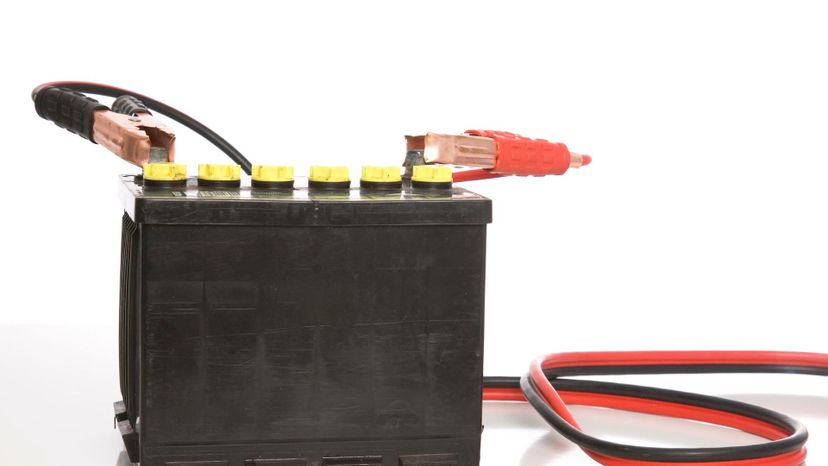
At rest, a car battery should be 12.6 V when fully charged. Anything below 11.98 volts generally means the battery won't start the vehicle. This number could go up somewhere between 13.7 to 14.7 volts when running.
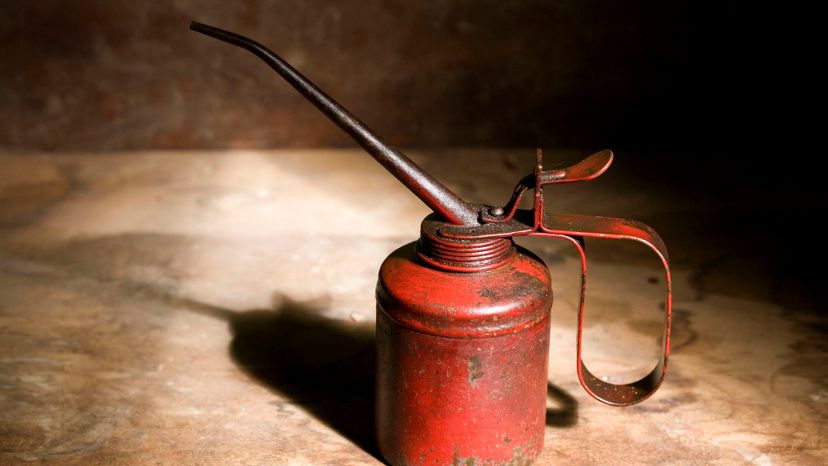
Viscosity refers to how easily oil flows at different temperatures. A 5w30 oil, for instance, has lower viscosity (flows easier) than a 10w30 oil. You need to put the right viscosity oil in your vehicle for the right weather conditions. If unsure, check with the manufacturer.
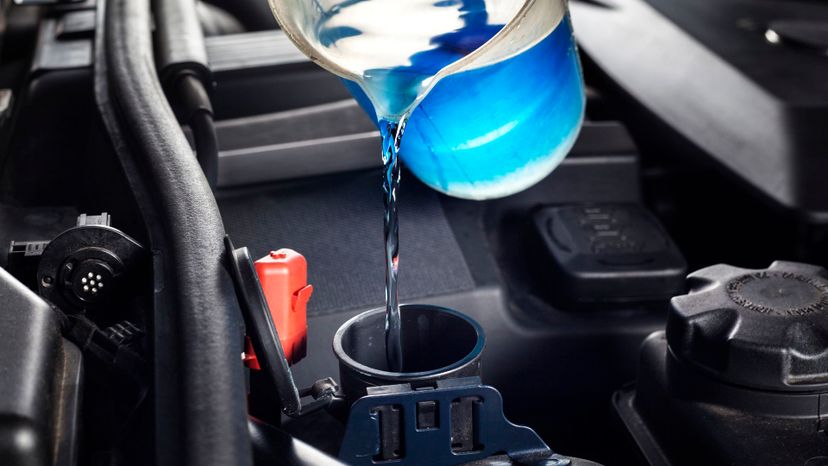
Having coolant in your car is very important. This is released into the engine and draws away heat to keep it running at the proper temperature so it doesn't overheat. The radiator is a heat exchange device that cools the hot coolant before it goes back into the engine.
Advertisement
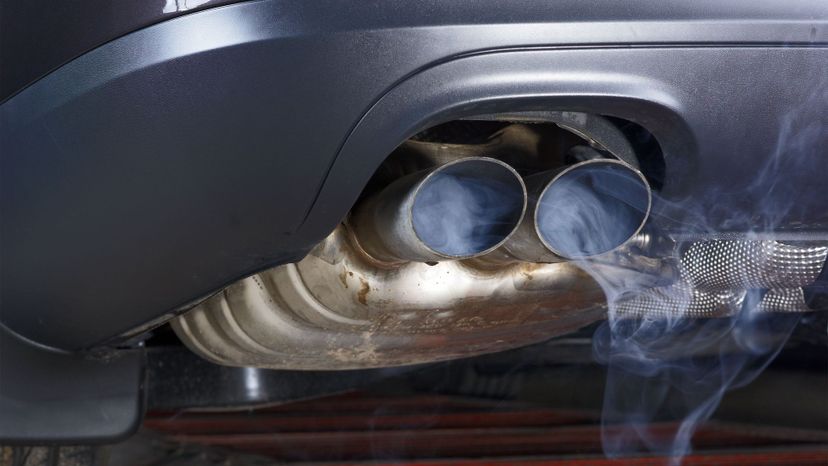
After the fuel/air mix explodes in the cylinder, the exhaust manifold is connected to all cylinders and allows the gases produced in the combustion process to escape from the engine, down the exhaust and out the tailpipe.
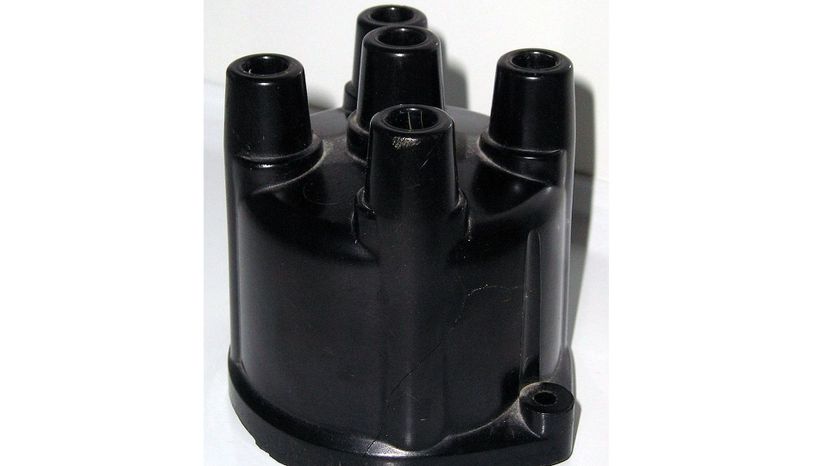
In older vehicles, the distributor was a very important part of the ignition system that made the internal combustion process possible. It passed the voltage from the ignition coils to the cylinders that would spark the combustion process. Modern cars have different methods of timing this process correctly,
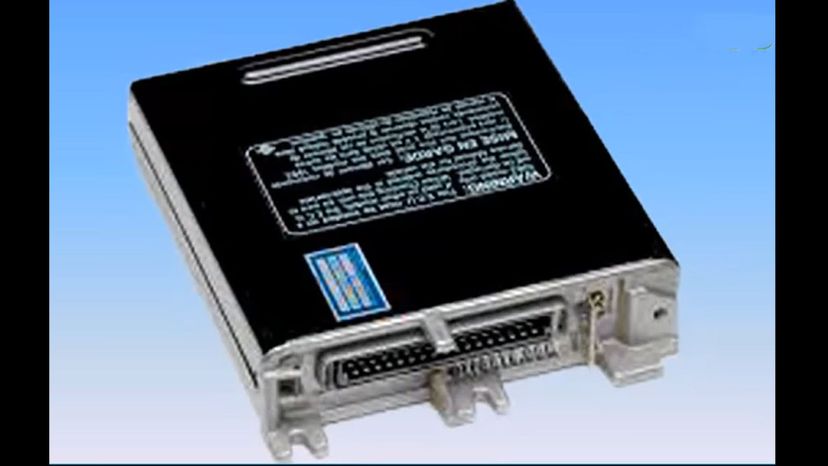
To keep engines running as efficiently as possible, a computer, called the engine control module (ECM) or engine control unit (ECU), ensures the engine is running properly by using data from different sensors around the engine. Ignition timing, air/fuel mix and other processes are controlled by the ECM.
Advertisement
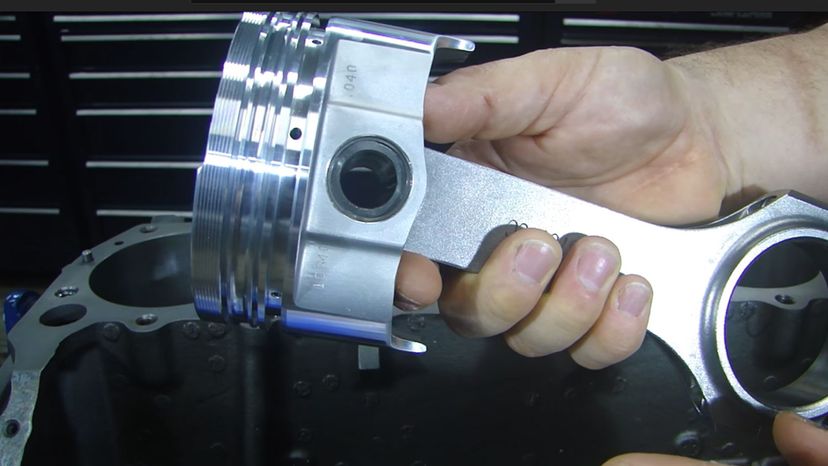
Pistons are the very heart of an engine. Without them, it simply won't run. Powered by the explosion of the combustion of the fuel/air mix in the cylinder, the piston drives the movement of the crankshaft which powers the transmission and ultimately moves the vehicle's wheels.
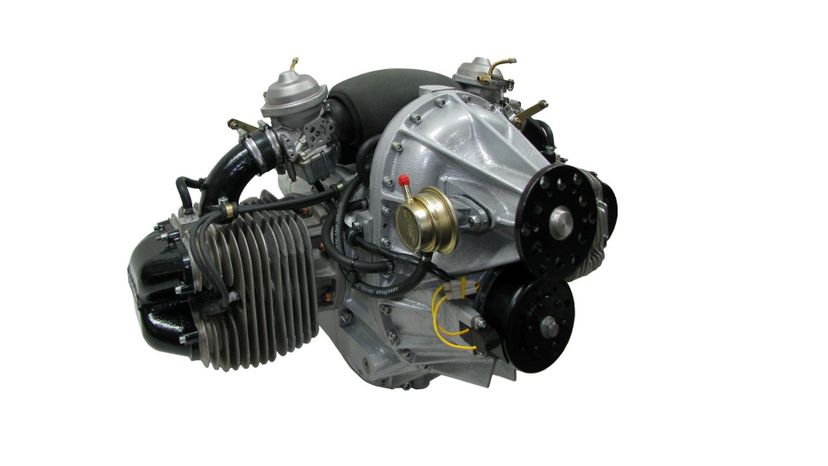
Intake brings the air/fuel mix into the combustion chamber where it is compressed and combusts, providing power. The exhaust gases are then removed and the process repeats — thousands of times a minute when the car is moving at higher speeds.
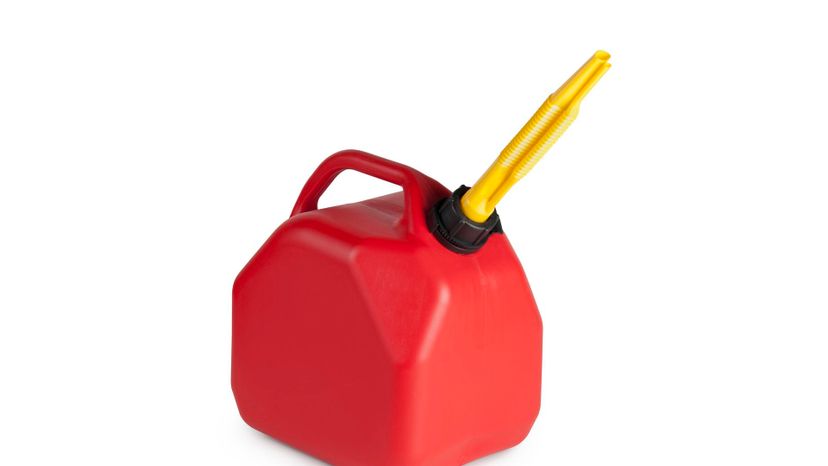
Diesel is the propellant that generates more torque than any other. This is because it is much denser than gasoline and contains more potential energy in the same fluid volume.
Advertisement

The engine block, which is the heaviest part of the engine, houses the cylinders and the pistons inside them. The cylinder head is bolted onto the block, separated by the head gasket, and forms the top of the cylinder's combustion chamber.
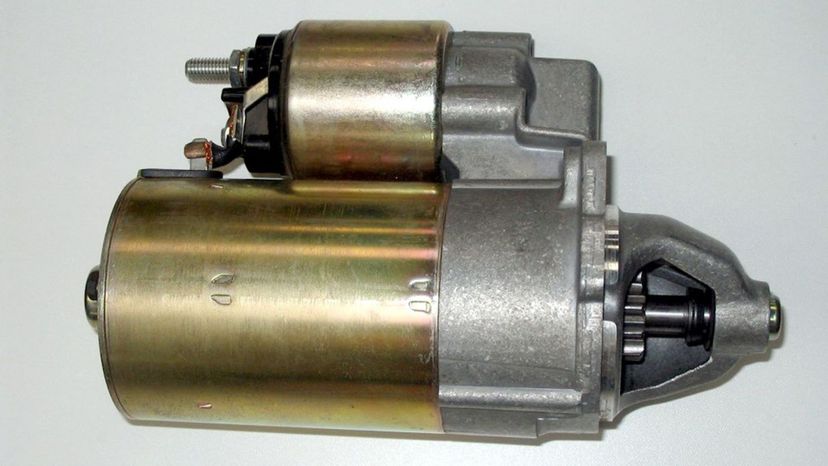
To get the four-stroke engine process running, the starter motor — an electric engine — starts the motor until the internal combustion process becomes self-sustaining. Without a functioning starter motor, your vehicle will not be going anywhere.
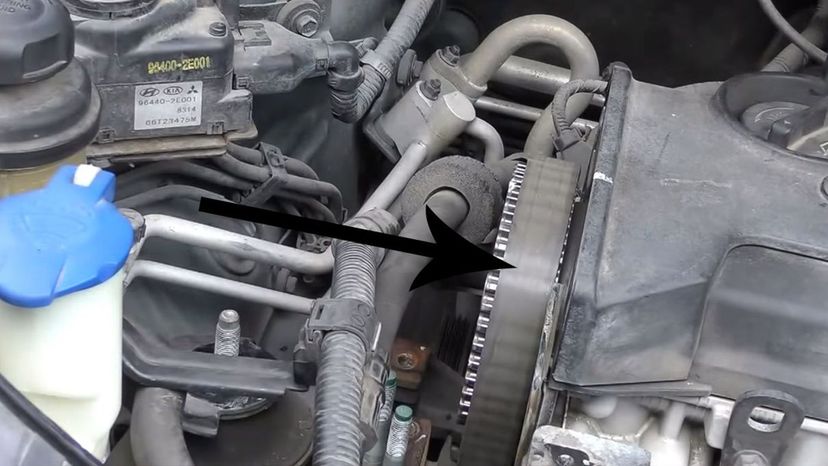
The timing belt helps to ensure that the valves open and close in time with the movement of the pistons. It does this by making sure the camshaft (responsible for opening and closing the valves) is in time with the crankshaft (which is moved by the pistons and transfers the engine's power to the transmission).
Advertisement
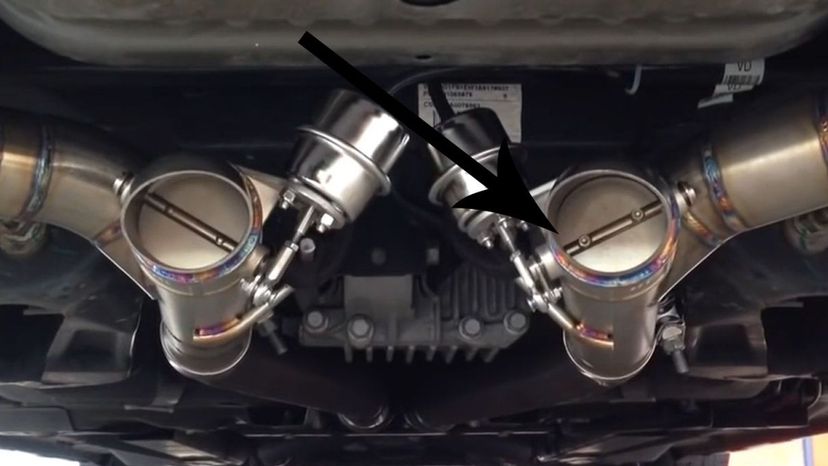
The last stage of the four-stroke process is "exhaust," where the waste gases from the internal combustion process are removed from the engine. The exhaust valve is important because it allows these gasses to be drawn away, clearing the way for the next cycle.
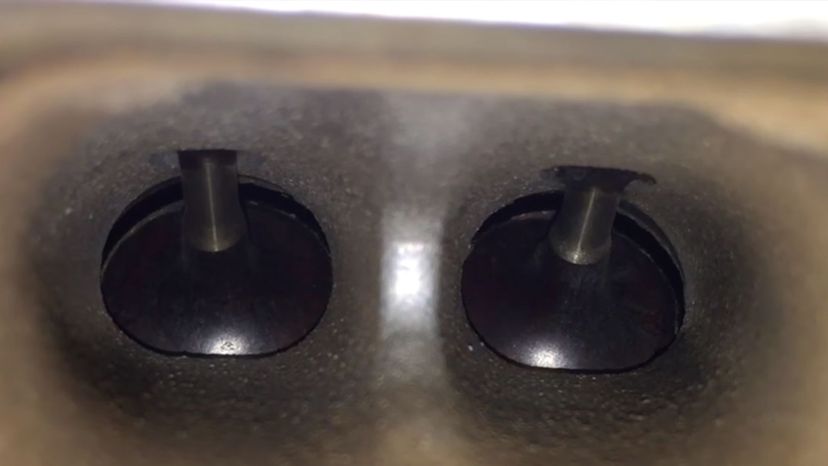
This valve lets air into the engine where it is mixed with the proper amount of fuel and then combusted in an explosion that drives the engine's pistons.
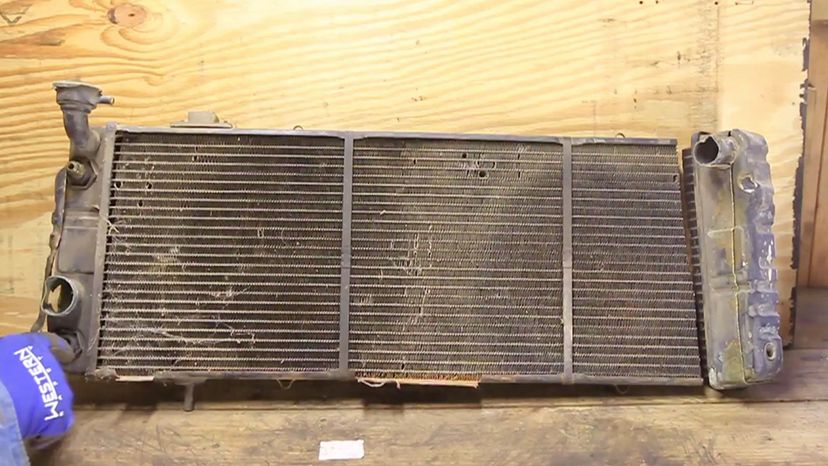
A faulty thermostat is the likely cause of your problem. The thermostat is closed, blocking the flow of coolant when the engine is first started and is cold. Once it gets up to operating temperature, the thermostat opens, allowing the coolant to do its job. If it's stuck, the coolant isn't going anywhere and the engine will start to overhead. Have it checked out!
Advertisement